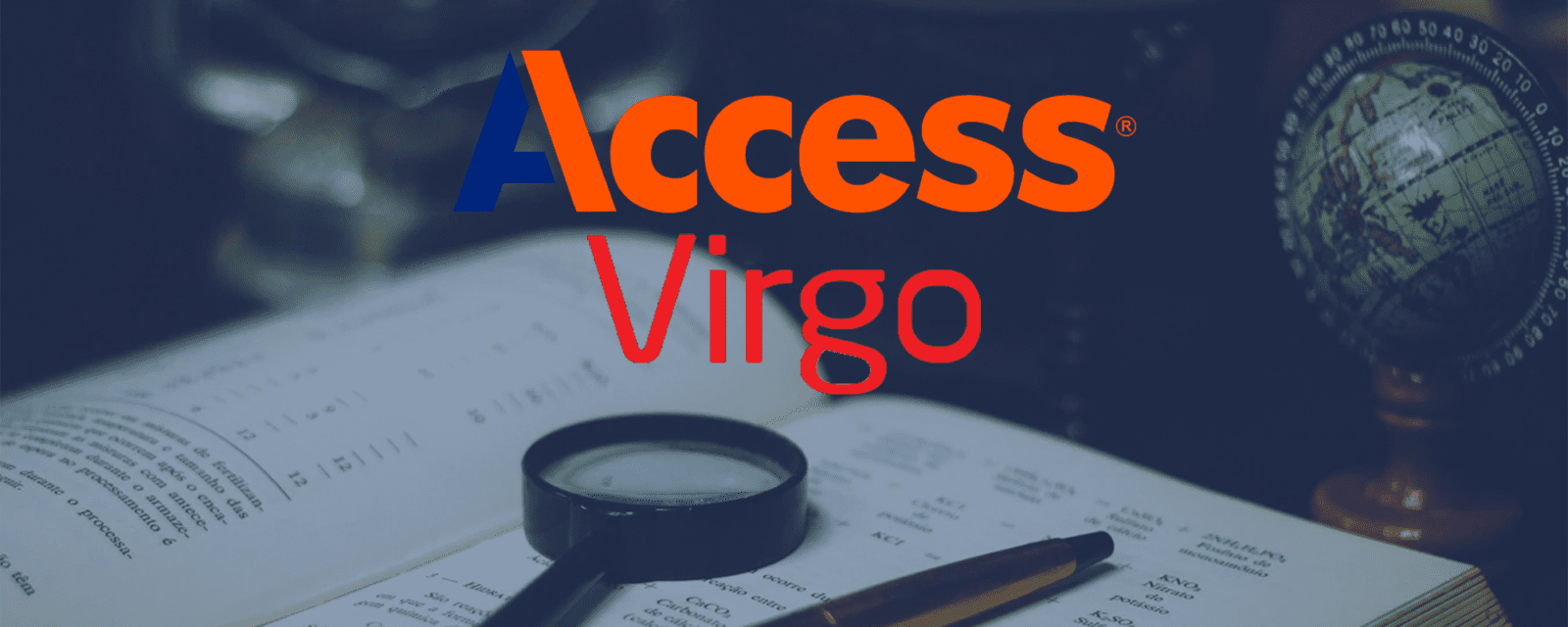
As organizations strive to become leaner and nimbler, human resources departments have been challenged to evolve away from an administrative cost center into a strategic driver. But that hasn’t lessened HR staff’s administrative burden. Even today, paperwork accounts for approximately 60% of the time allocated, while strategic initiatives account for just 10%.
Imagine, however, if those figures were reversed.
What if you had an efficient system for handling volumes of employee paperwork, so your staff could use the majority of their time to provide strategic guidance for your organization? Top priorities could include helping to reshape the organization to face an ever more challenging competitive landscape, leveraging analytics to predict future workforce needs to meet long-term objectives, and achieving those goals with strategic approaches to recruitment, retention, and talent development. Here is a look at five ways your HR team can make a real difference within your company:
- Organizational Design
In a recent Deloitte survey, executives identified “building the organization of the future” as their most important HR challenge. What does this organization look like? It’s agile, able to respond to the accelerating pace of change quickly and efficiently. In practical terms, this organizational redesign replaces rigid hierarchies with networks of teams empowered to solve problems and create opportunities. It also means integrating independent contractors and greater automation to complete projects with flexibility and scalability. Yet just 11% of survey respondents believe they understand how to make this happen, indicating this transformation will require providing the time and support to increase your HR team’s skill set.
- Strategic Workforce Planning (People Analytics)
Technology, in the form of “people analytics,” will play an increasing role in human resources. The goal is to predict and fulfill workforce needs not just now, but in the future as well. In 2017, 69% of companies actively took steps to improve their people analytics, compared to only 10-15% previously. On the one hand, this requires a deep understanding of the organization’s key business drivers, so HR leaders must reach across the C-suite to understand the needs of various parts of the organization. On the other hand, it means delving into the available data to understand what specific combination of talent development or acquisition will be needed to meet strategic goals.
- Talent Development
At the core of an agile organization is a workforce that can build skills quickly and easily. They must have access to ongoing training and development programs. In the Deloitte survey, careers and learning were second in rated importance, with 83% of executives identifying these issues as important or very important. HR organizations must help employees grow and thrive by adopting new learning models that challenge the traditional idea of a career track and reflect the continuous need for new skills critical to the modern organization.
- Recruitment
As jobs and skills change, finding and recruiting the right people becomes more important than ever. Talent acquisition is now the third most important challenge companies face, with 81% of Deloitte’s respondents calling it important or very important. Organizations can use new tools such as social networking, analytics, and cognitive tools to find the right people, attract them by developing a strong employer brand, and determine who will make the best fit.
- Employee Experience
As the old models of employment fall to the wayside, employee experience is taking on increasing importance. To help build their employer brand and retain top talent, HR organizations are re-examining the complete employee trajectory from recruitment through retirement and beyond. As a result, HR’s mandate has expanded to include workplace design, employee well-being, work-life satisfaction, and work productivity systems. In addition, workplace diversity, which has been shown to increase innovation, has taken a more prominent position. All of this rolls up into fostering a corporate culture that supports employees and the organization’s values and strategic goals.
Ease the Paperwork Burden to Unleash the Possibilities
There’s so much your HR department can do to directly impact your organization’s strategic outlook — if only it wasn’t bogged down by managing huge volumes of paperwork. With a comprehensive document management solution, your team can spend less time organizing, hunting down, and updating documents, and more time taking its place at the strategic table.
To learn more about how an end-to-end document management solution can free up HR time and resources, read our latest article, “5 Reasons HR Execs Champion Improved Document Management and Why You Should, Too.”
Deloitte University Press, Rewriting the Rules for the Digital Age: 2017 Deloitte Global Human Capital Trends, 2017
Forbes, “People Analytics: Here With a Vengeance,” December 16, 2017
Deloitte University Press, Rewriting the Rules for the Digital Age: 2017 Deloitte Global Human Capital Trends, 2017
Ibid.
Andrea Palumbo has over 20 years of experience in the HR and Payroll industry as both an HRIS client and vendor. Her teams are responsible for implementing and maintaining critical HR technology, data and timely processing of payroll for over 1300 employees globally. Andrea’s in-depth knowledge of HR Technology and sensitive employee data allow her to convey the benefits of having a robust HRIS and data management systems working together side by side.




